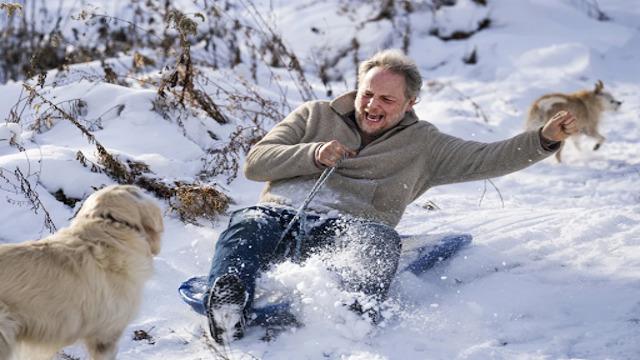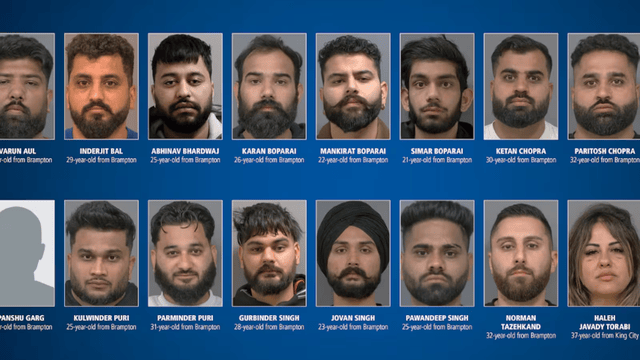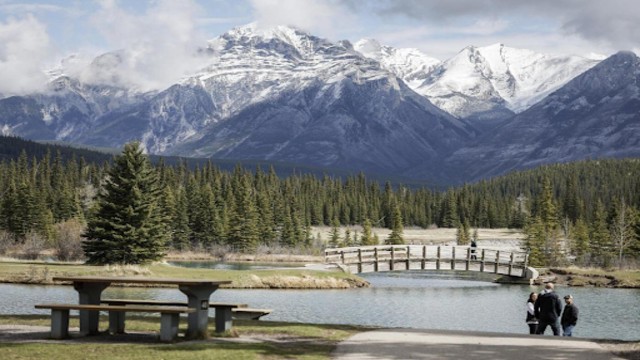
Forecasters predict that temperatures will be colder than usual for January, with the cold snap possibly lasting over a week. AP Photo
A powerful blast of Arctic air is set to bring frigid temperatures to much of the Eastern United States, and experts are warning that the cold could last longer than expected. This intense cold snap could pose significant risks, particularly for vulnerable groups and outdoor workers.
Zachary Yack, a meteorologist with the National Weather Service in Chicago, described the situation as a prolonged period of cooler weather. "We’re going to be stuck in a cooler pattern," Yack explained. "It will definitely go into the middle and early part of next week." The frigid weather is already being felt in the northern Plains states, where temperatures have dropped significantly. Minneapolis, for instance, is expected to see a high of just 20°F on Thursday, with temperatures plummeting to 12°F by Saturday. Chicago's temperatures are not much better, with highs hovering in the low 20s for the upcoming week and overnight lows expected to fall into the single digits.
The cause of this sudden cold snap is a low-pressure system moving southward, drawing Arctic air from northern Canada. This weather pattern is further compounded by distortions in the jet stream, a narrow band of strong winds in the upper atmosphere. These shifts in the jet stream will allow the cold air to settle over the Eastern U.S., where it will linger. "The jet stream is going to be centered across the central and southern part of the United States. There isn’t anything that’s going to be moving it back," said Yack. As a result, much of the region will experience temperatures well below average, even for January.
This cold outbreak isn’t confined to the Midwest or the northern Plains. The coldest air of the season is expected to affect the Southeast, with the potential for dangerous wind chills. "Below freezing temperatures are possible as far south as the Gulf Coast and much of the Florida Peninsula," warned the National Oceanic and Atmospheric Administration's Climate Prediction Center. This could have serious consequences, particularly for Florida’s sensitive citrus crops.
Snowfall is also in the forecast, with the possibility of heavy snow in parts of the southern Plains, Southeast, and Appalachian Mountains. The Ohio Valley, Great Lakes, and interior Northeast could also see significant snow accumulation. The long-term forecast suggests that temperatures will remain well below average, and this cold pattern could persist beyond next week.
The extreme cold raises concerns, especially for people working outdoors in places like Chicago. Yack expressed concern for those at risk, including individuals experiencing homelessness. "You could have wind chills below zero. That could lead to frostbite in short periods of time," he said. Authorities are urging everyone to take precautions during this harsh weather, such as wearing warm clothing, limiting outdoor exposure, and checking on vulnerable individuals in their communities.
As the Arctic air settles over the region, the cold weather is expected to be felt in waves, and with the lingering conditions, the cold could continue to impact the Eastern U.S. for an extended period. Meteorologists will be closely monitoring the situation, and authorities are advising residents to prepare for dangerous winter conditions.















